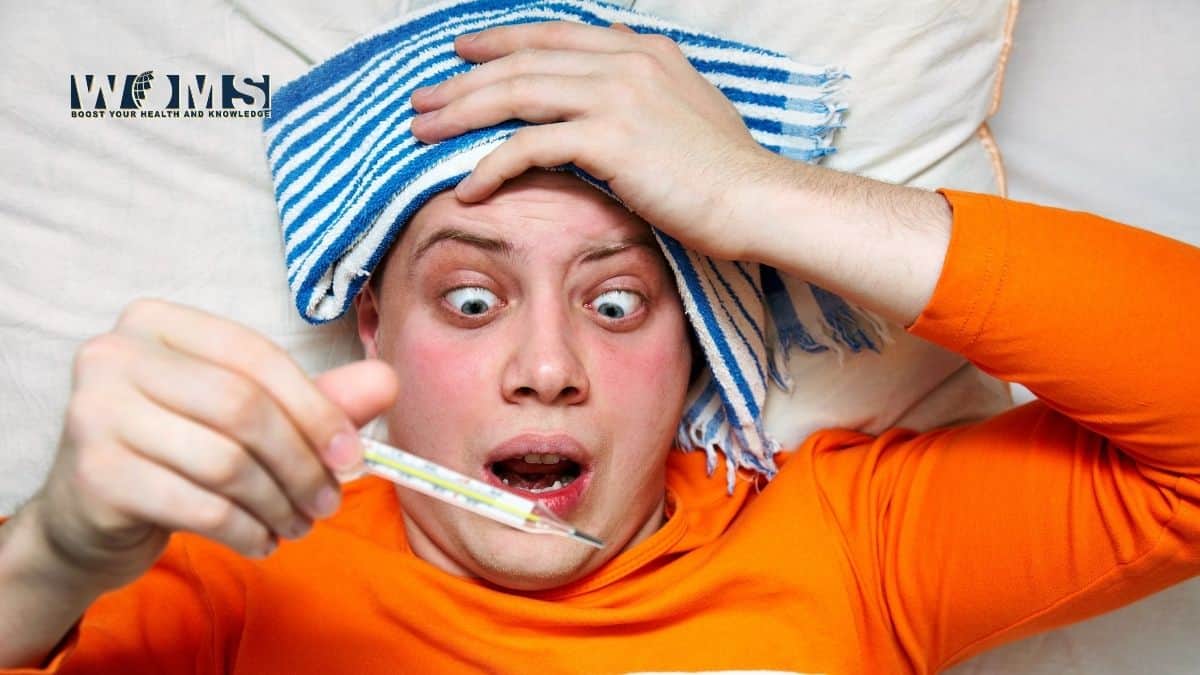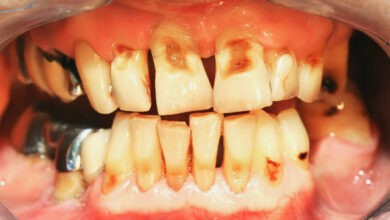Factitious Fever

Factitious fever causes fever of unknown origin. Sometimes patients purposefully show a false rise in temperature. This false rise of temperature is called factitious fever. It is usually found in young women. In factitious fever, the patient appears sick and seeks medical advice. Even patient distorts their clinical histories, physical findings, and laboratory investigations.
Furthermore, Patient shifts their appointment from one hospital to another once the factitious nature of the illness is exposed among the doctors. They often leave the hospital against medical advice. Clinicians should be aware of the risk of factitious fever, which occurs when a patient artificially raises his or her temperature.
What Are the Symptoms of Factitious Fever and How Can you tell whether you’re Suffering From It?
A dramatic yet contradictory medical history is one of the warning indicators of factitious disease. Once treatment begins, uncontrollable symptoms become more intense or change. Relapses are unpredictable after a period of improvement. Below are some symptoms:

- Surgical scars are many.
- History of seeking treatment in a variety of clinics, hospitals, and doctors’ offices, possibly across several cities.
- Reluctance by the patient to meet with or speak with family members, friends, or previous healthcare providers.
- Refusal to undergo psychiatric or psychological assessment.
- Despite the lack of data, forecasting poor medical effects.
- The patient disrupting discharge arrangements or suddenly becoming worse ill as they’re going to be released from the hospital
Clues to the Diagnosis of Factitious Fever
Below are listed clues to diagnose an individual for factitious fever:
- A patient who looks well
- Temperature > 41°C
- Absence of sweating during effervescence
- Normal erythrocyte sedimentation rate
- C-reactive protein despite high fever
- Evidence of self-injection or self-harm
- Normal temperature during supervised (observed) measurement
- Infection with multiple communal organisms
- Bizarre temperature chart with absence of diurnal variation and/or temperature-related changes in pulse rate
People Prone To Factitious Fever
The below-listed people are those more prone to the factitious fever:
- Young woman
- Nurses
- Pharmacists
- Bacteriologist
- Lab technician
- Medical students.
These are the people who are more prone to factitious fever because they are more familiar with the hospital, have easy access to drugs, and have thermometers.
Methods for Producing Factious Fever
Various methods of producing factious fever are:
Thermometer manipulation
Thermometer manipulation can be done in the following way:
- Applying external heat to the thermometer
- Changing the temperature of the thermometer by dipping into the popular solution
- The wrong reporting of the parent can also do it
Note: True factitious fever doesn’t occur in children below the age of 10 years because they don’t have the proper idea of thermometer manipulation.
Thermometer manipulation can be suspected when the high temperature doesn’t correlate with the body temperature. Usually, tachycardia is one of the signs found in true fever, which gets absent in factitious fever. There may be a vast difference between the oral reading and the rectal reading of the thermometer.
The Self Inoculation Of The Bacterial Cultures
Toxins, onion, and milk can also produce a factious fever. The cases of recurrent abscess, abscess, boil, stye, cellulitis, carbuncle, and furuncle may be reported to be because of the self inoculation of the tetanus toxins, coliform bacilli, E.coli. Human and animal fecal organisms, other gram-positive and gram-negative bacteria have been reported. Polymicrobial bacterial with E. coli, group D streptococci can also occur but may get eliminated by the normal flora.
Drugs
Certain drugs can also produce fever. The drugs commonly produce fever are penicillins, sulphonamides, long-acting barbiturates, phenytoins, quinidine, atropine phenytoin, propylthiouracil, chlorpromazine, and more. Salicylates and iodides cause fever in children and high doses of thyroxine also produce pyrexia.
Group of people seen with factitious fever
Mainly two groups of people are seen with factious illness. They are:
- Younger patients who manipulated their thermometers after a genuine episode of fever, just to get attention.
- The second subgroup is older subjects with serious underlying psychiatric patients. They create illness by self infections.
The physicians must not neglect coexisting medical illnesses while treating factitious illnesses or any other self-induced infections. Life-threatening complications, such as bacterial endocarditis or septic pulmonary emboli, may occur. Bacterial must be treated spontaneously. Early psychiatric’s consultation must be more important to the group b patient, also to the group a patient.
Summary
Factitious fever may complicate an existing or resolving disease. It has been reported in association with opportunity infections and other systemic illnesses like dental infections, diarrhea, genitourinary tract bleeding, anemia, neurological disease, pulmonary embolism, and subcutaneous emphysema.
FAQs
What are the symptoms of factitious fever, and how can they be treated?
Psychotherapy is the first line of defense against factitious fever (a type of counseling). The focus of treatment will most likely be on modifying the person’s thoughts and behavior (cognitive-behavioral therapy).
What causes factitious fever?
The following are some methods for creating a fake fever: (a) thermometer manipulation, such as providing external heat to the thermometer, replacing the thermometer with one that records a high temperature, or dipping it in a desirable solution; (b) incorrect reporting of the fever by parents.




